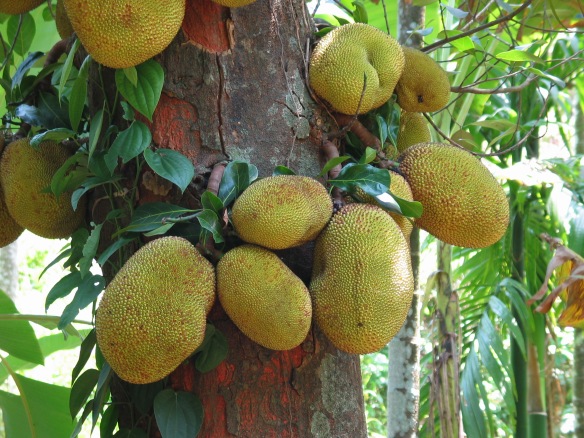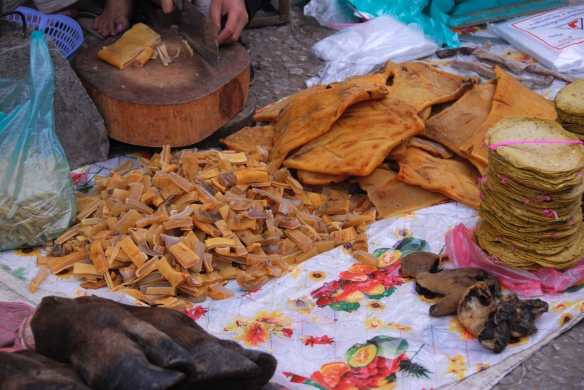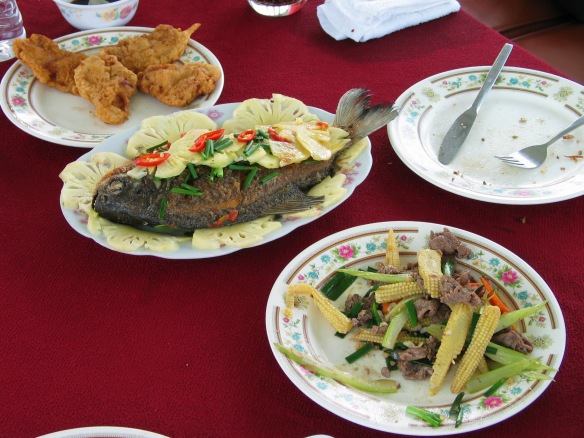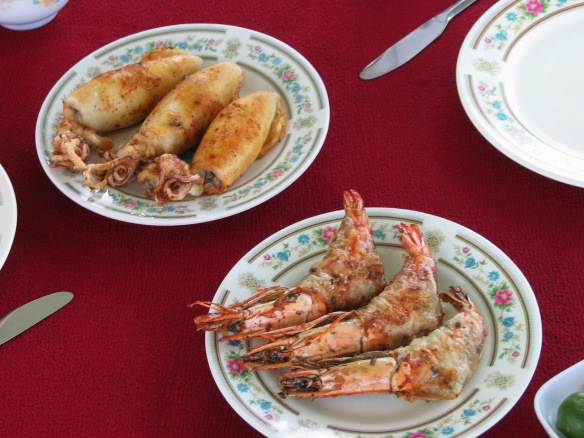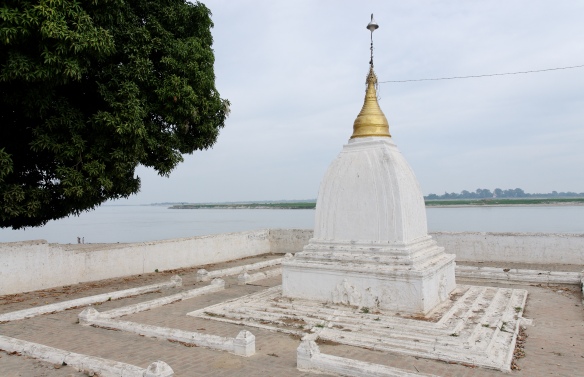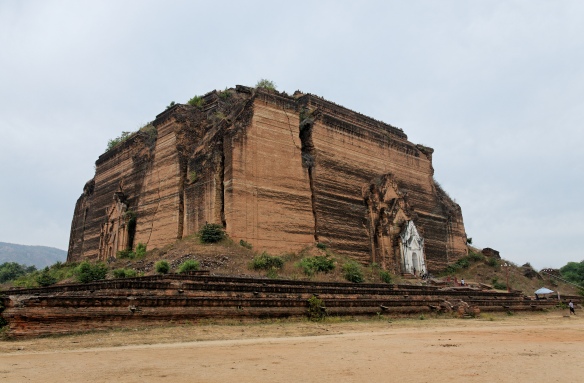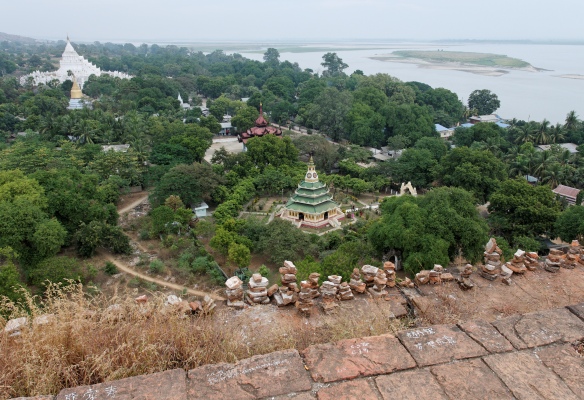The Merchant of Venice, Act V scene I: “…There’s not the smallest orb which thou behold’st But in his motion like an angel sings….”

According to the Royal Shakespeare Company, ‘[t]he title page of the first edition of the play, printed in 1600, states that it has been ‘divers times acted by the Lord Chamberlaine his Servants’. The first recorded performance was at court on Shrove Sunday, 10 February, 1605. King James and his courtiers must have enjoyed it because it was performed again two days later.’ [1]
Here, in honor of The Merchant of Venice and the Immortal Bard, is my original post about the music of the heavenly spheres.

In 2009 we spent 4 weeks in Burma, the maximum time permitted on a visa. For years we’d debated back and forth about whether to go. Does one travel to a repressive regime? Just the year before, monks were shot for demonstrating peacefully in the streets. In the end we decided to go and bear witness. A country closed tight and ruled with iron fists, the poverty and corruption are unbelievable… as are the loving kindness of the Burmese and the beauty and magic of their land. I have been pondering what to post about our trip to Burma and how to write it, because Burma is unlike anyplace on earth.
But these are only words.
Let me begin again, this time with a story:

On our very last day in-country, in Yangon we stopped at a café on a busy street with outdoor tables. All of the tables were filled with other tourists. The locals did not have the money for anything so extravagant. A beer, a pineapple juice, and hot green tea arrived; I wrote out some last post cards. Hovering in the street were the post card seller, a hawker for newspapers (used and days old), and a skinny boy with an endless “Hello? hello! Hello? hello!” When a tourist looked his way he said “Eat,” and mimed someone putting food in his mouth. He hovered looking over the wall dividing the café from the street, persistent with hunger.
I became aware of an ethereal music swimming its way up from the background of my consciousness. I thought someone down the street a ways with access to a power generator was playing a recording of a beautiful, haunting voice. Then the sound came nearer, and it was a young Burmese person. At first I thought it was a man slowly making his way down the road. It was a woman: she had her hair up under a cap and thanaka paste on her cheeks to protect her skin from the sun.

She halted and stood very still as she sang, or chanted verses, or recited a Buddhist prayer. It wasn’t clear if she was singing or speaking and didn’t matter. The purity of that voice pierced all barriers and reached all hearts. Every so often the little metal cymbals in her fingers went ching! in a perfect counterpoint.
When she stopped, the entire café burst into spontaneous applause. People kept getting out of their seats to put bills in the can on a string around her neck. I checked my wallet. I knew my last offering in Burma was going to this young woman with the voice that sang with the music of the spheres. This music usually can’t be heard. The Greek mathematician Pythagoras of Samos believed the movement of planets (heavenly spheres) creates ethereal and earthly harmonies; Shakespeare wrote often about how these harmonies affect events. All I know for sure is that on that afternoon, in a dusty street in Burma, a young woman was channeling that music for us to hear.
I walked out with a 1,000 kyat note, stepped around the restaurant’s retaining wall to donate – and saw my singer had just one leg. She was propping herself up with a rough plank of wood.
This is my final image of the country sometimes called Myanmar. This is my avatar for Burma: a transcendent voice beyond language, standing with only one leg, singing gloriously, regardless. [3]
NOTES: [1] Source: Royal Shakespeare Company [2] “In 1999, NASA and MIT determined a super massive black hole in the Perseus Cluster sound a B-flat, albeit one too low for human ears. In a 2006 experiment, Greg Fox determined that orbits of celestial bodies could produce (through manipulation) sound. Thus modern thinkers have proven Pythagoras and Kepler correct.” Source: https://www.musicofspheres.com [3] The country has plunged back into chaos and many places we visited are closed off to the outside world again. It is my fervent hope that Myanmar’s music of the spheres returns to harmony someday soon. © Jadi Campbell 2012. Previously published as The Music of the Heavenly Spheres. All photos © Uwe Hartmann. Uwe’s photos of our trips and his photography may be viewed at viewpics.de.
I am a Best American Essays-nominated writer. My books are Broken In: A Novel in Stories, Tsunami Cowboys, Grounded, The Trail Back Out, and The Taste of Your Name. My most recent book

Follow these links for Amazon.com or Amazon.de.








 There are issues to deal with – the loss of domestic animals to predators. The way elephants eat or trample crops. The complicated cross-country agreements. But, as their website states, “Local communities participate with enthusiasm in management of the TFCA through the Transboundary Natural Resources Managment Forum. The aim of this forum is to maximize skills and resources to promote sustainable land use, conservation of wildlife and landscapes, and rural development.”
There are issues to deal with – the loss of domestic animals to predators. The way elephants eat or trample crops. The complicated cross-country agreements. But, as their website states, “Local communities participate with enthusiasm in management of the TFCA through the Transboundary Natural Resources Managment Forum. The aim of this forum is to maximize skills and resources to promote sustainable land use, conservation of wildlife and landscapes, and rural development.”

 Anthony Bourdain was born June 25, 1956 in New York City. Burdain was famous as a chef and television personality, and infamous for his previous drug use and books exposing the dirty secrets of the culinary world. He was a fearless eater, traveling the world and trying everything at least once. According to Wikipedia this list includes but is by no means limited to blood sausage, sheep testicles, ant eggs, a raw seal eyeball, a cobra (including its still-beating heart), the rectum of a warthog, and fermented shark. He committed suicide and the world lost a true original. In his honor I am reprinting an earlier post about ingredients. – Jadi
Anthony Bourdain was born June 25, 1956 in New York City. Burdain was famous as a chef and television personality, and infamous for his previous drug use and books exposing the dirty secrets of the culinary world. He was a fearless eater, traveling the world and trying everything at least once. According to Wikipedia this list includes but is by no means limited to blood sausage, sheep testicles, ant eggs, a raw seal eyeball, a cobra (including its still-beating heart), the rectum of a warthog, and fermented shark. He committed suicide and the world lost a true original. In his honor I am reprinting an earlier post about ingredients. – Jadi

